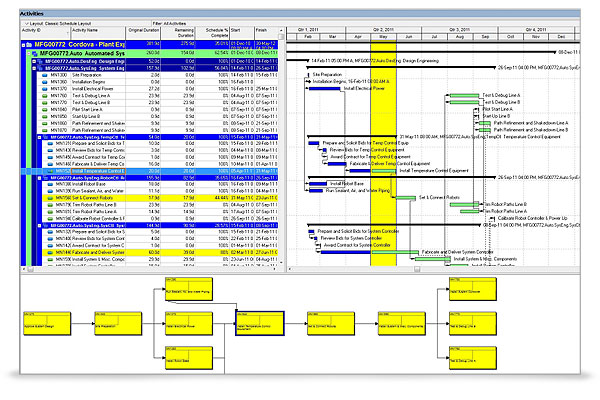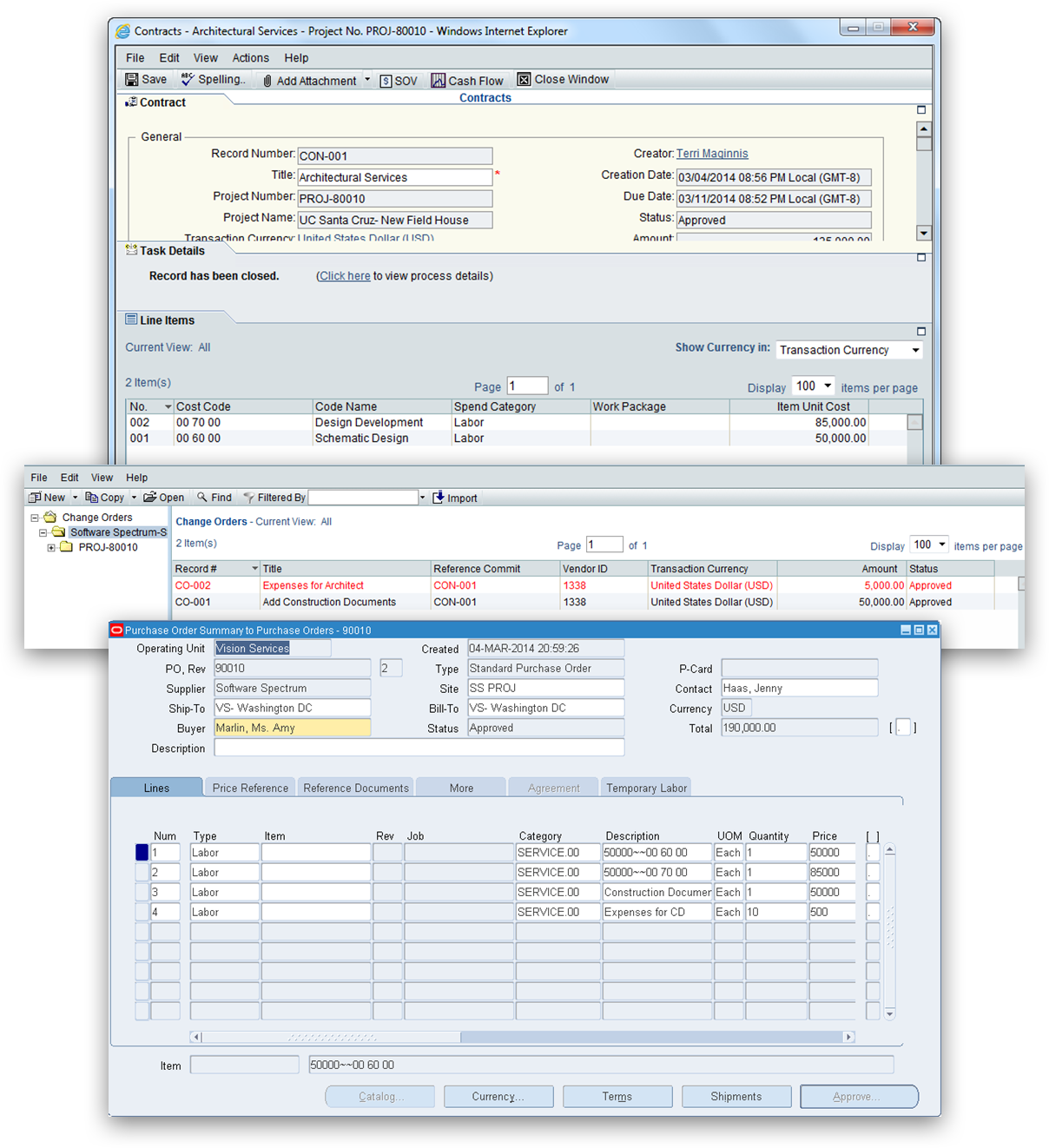

Web Services is primarily used for integrations, but since it is now cloud-enabled you can still integrate from an on-site application. Connected to the same cloud database via a tool called Primavera Cloud Connector is our old-faithful P6 Professional. Let’s see if we can pull out some of the more important bits on this list.įirst, you get the latest version of P6 EPPM.

Primavera Team Member for iPhone and iPad.So what do you get with the Primavera P6 Cloud? Here is what’s included: P6 EPPM Is Not A Replacement For Primavera P6 Professionalīut many of you already know that Primavera P6 EPPM is actually a suite of applications in itself.What’s the difference between Primavera P6 PPM and Primavera P6 EPPM?.If you’re not sure what Primavera P6 EPPM is or how it differs from P6 Professional (aptly named the “Windows” version) then read these first: The Primavera P6 Cloud puts Oracle Primavera P6 EPPM in the cloud. And will have a complete online course on P6 EPPM in Q1 2016. I’m not an advocate and we don’t sell software. With so much conflicting and hard-to-decipher information out there, I wanted to see if I could give you the raw facts on the Primavera P6 Cloud. The language is subtle but means very different things. The Primavera P6 Cloud refers to only 1 of the 5 applications – Primavera P6 EPPM’s cloud-based version.

The Primavera Cloud refers to all applications under the Primavera banner in cloud form (last count was 5 application). Today, I want to go a bit deeper on one aspect of the Primavera Cloud for your benefit the Primavera P6 Cloud. Ah, but notice there IS a difference. It also means no fiddling with servers or the tear-inducing WebLogic backend software, and no installations. It’s a one-click install with the all the work being done behind the scenes by Oracle. That means companies can pay Oracle to spin-up a hosted implementation of say Primavera Unifer and be up and running in hours. Are you ready for it?Ī while back, I explained that the Primavera Cloud offers most of Oracle’s Primavera applications in the Software-as-a-Service model.


 0 kommentar(er)
0 kommentar(er)
